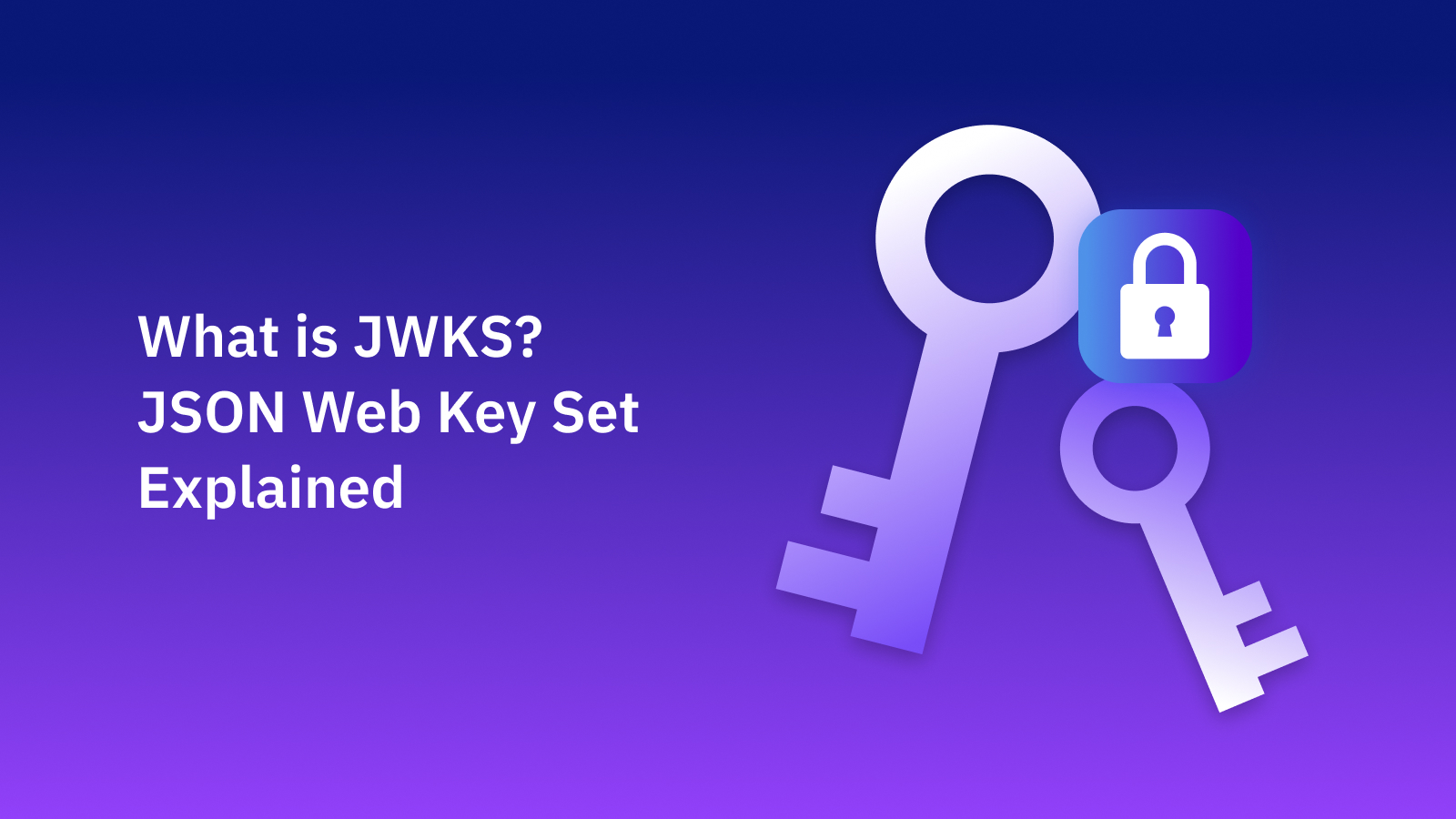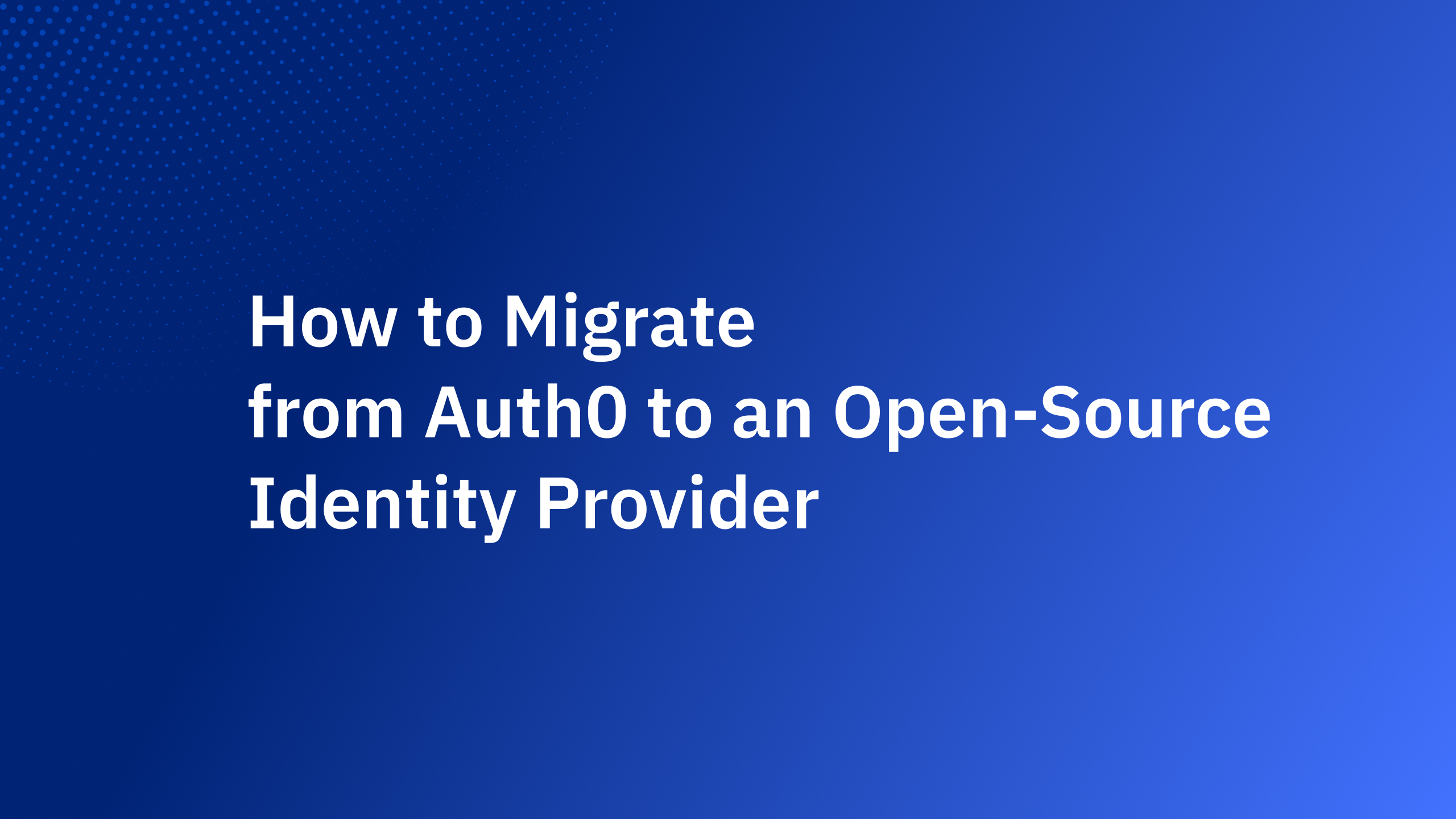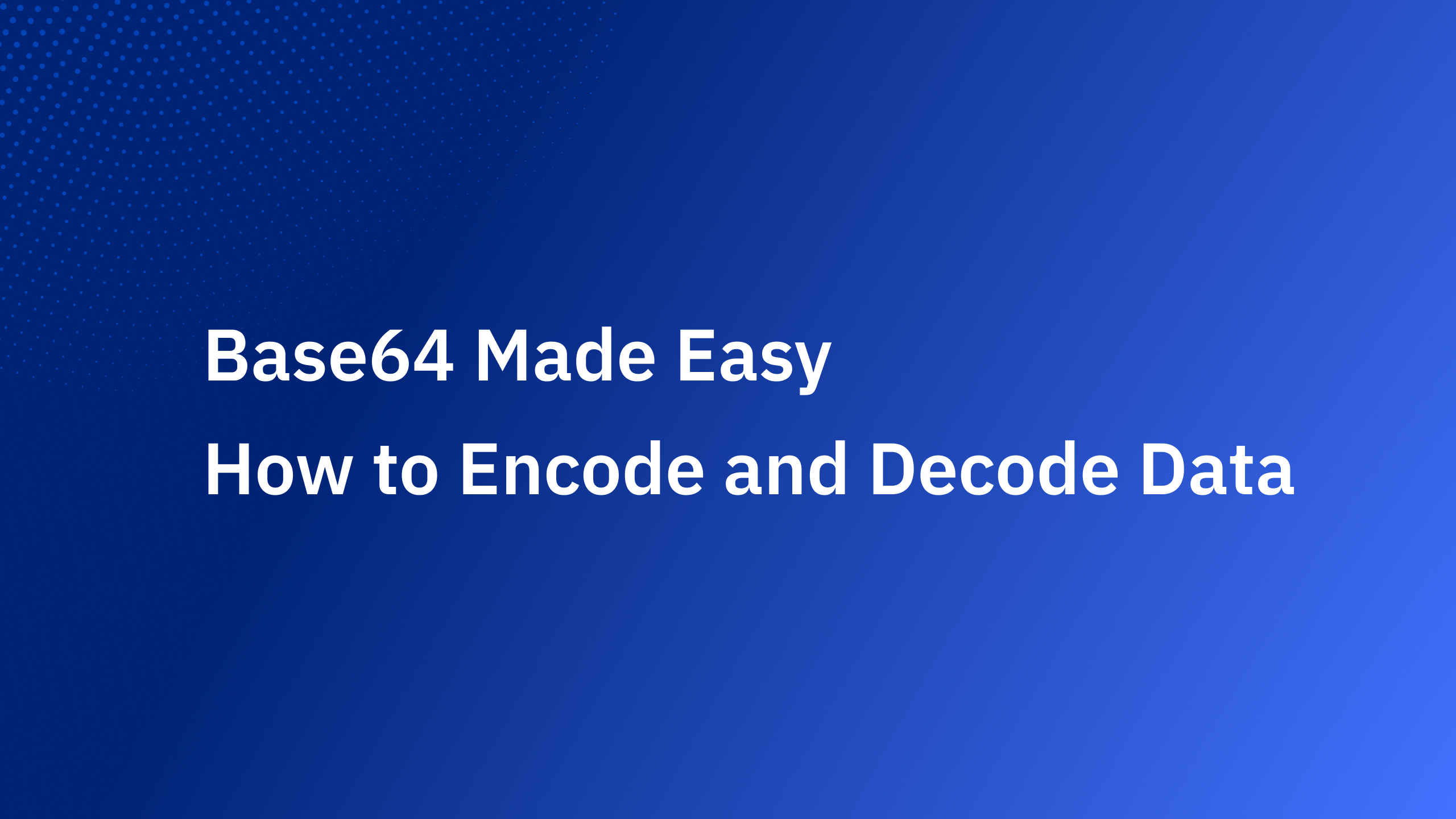If you work with JWTs, OAuth, or any token-based authentication, you’ve probably seen the term JWKS. So — what is JWKS and why does it matter? In short: a JWKS (JSON Web Key Set) is a standardized JSON document that publishes one or more public keys (JWKs) so clients and APIs can verify signatures or perform encryption. This guide explains JWKS in plain language, shows the JWK format with examples, covers the jwks uri pattern, and gives practical tips for creating and managing JWKS in production.
Understanding JSON Web Keys (JWK) and JWKS
A JSON Web Key (JWK) is a JSON object that represents a cryptographic key — for example, an RSA public key or an EC key. Key fields include kty (key type), kid (key id), use (intended use), alg (algorithm), and key material fields like n/e for RSA or x/y for EC.
A JWKS is simply a JSON object with a keys array that bundles multiple JWKs:
{
"keys": [
{
"kty": "RSA",
"kid": "2023-01-key-1",
"use": "sig",
"alg": "RS256",
"n": "...",
"e": "AQAB"
}
]
}
Why this matters: services that issue tokens publish a JWKS so other services (APIs, clients) can automatically fetch the public keys they need to verify token signatures or encrypt payloads. The JWKS standard makes this machine-readable and interoperable across libraries.
How JWKS Works in Authentication & APIs
Typical flow in an API ecosystem:
- Issuer publishes a JWKS at a stable URL (the
jwks_uri). - Clients or resource servers fetch the JWKS and cache it.
- When a JWT arrives, the
kidin the token header identifies which JWK to use. - The client finds the matching JWK inside the JWKS and uses it to verify the token signature or perform encryption-related steps.
This pattern decouples key rotation from deployments: when you roll keys, you update the JWKS; consuming services pick up updated public keys without redeploying code. For JWEs (encrypted tokens), the JWKS can provide public keys for encryption as well.
JWKS URI: How to Find and Use It
Many identity providers expose a discovery document — often at /.well-known/openid-configuration — which contains a jwks_uri field that points to the JWKS location:
{
"issuer": "https://idp.example.com",
"jwks_uri": "https://idp.example.com/.well-known/jwks.json"
}
How to use the jwks_uri:
- Configure your OIDC/OAuth client library to read the discovery document or directly point it to the
jwks_uri. - Libraries will fetch and cache the JWKS, matching the
kidin incoming JWTs to the correct JWK. - Implement a refresh strategy (e.g., periodic refresh or refresh on verification failures) so your service handles key rotation smoothly.
Tip: Always serve JWKS over HTTPS and include stable kid values for easier rotation handling.
JWK Format Explained (with Example)
A JWK contains a standardized set of fields. Here’s a more complete RSA public key example:
{
"kty": "RSA",
"kid": "2011-04-29",
"use": "sig",
"alg": "RS256",
"n": "oahUI...base64url-modulus...",
"e": "AQAB"
}
Field breakdown:
kty— key type (e.g.,RSA,EC,oct)kid— key ID used to select keys in a JWKSuse— intended use:sigfor signature verification,encfor encryptionalg— algorithm (e.g.,RS256,ES256)n,e(RSA) orx,y,crv(EC) — the key material in base64url form
Full JWKS example with two keys:
{
"keys":[
{
"kty":"RSA","kid":"rsa1","use":"sig","alg":"RS256","n":"...","e":"AQAB"
},
{
"kty":"EC","kid":"ec1","use":"enc","alg":"ECDH-ES","crv":"P-256","x":"...","y":"..."
}
]
}
Including use and alg fields helps clients quickly determine whether a key is suitable for signature verification or encryption.
PEM and converting to JWK
EM (Privacy-Enhanced Mail) is a very common format for storing keys and certificates. It’s base64-encoded DER data wrapped in human-readable header/footer lines such as -----BEGIN PUBLIC KEY----- and -----END PUBLIC KEY-----. You’ll often see PEM files with extensions like .pem, .crt, or .key.
If you need to use a PEM key with a JWKS workflow, the usual step is to extract the public key from the PEM and convert that public key into a JWK. For RSA keys you can extract the public PEM like this:
openssl rsa -in private.pem -pubout -out public.pem
For EC keys, the extraction looks similar:
openssl ec -in key.pem -pubout -out public.pem
Once you have the public PEM, convert it to a JWK using a JOSE library (node-jose, python-jose, etc.) or a conversion tool. The conversion produces the JWK fields your JWKS needs — for example kty, n/e (RSA) or x/y/crv (EC).
If you want a quick, UI-driven option, the Authgear JWK Generator can convert PEM public keys into correctly formatted JWK objects (RSA/EC) so you can drop them straight into your JWKS.
Security note: never publish private PEM material in a JWKS. Only include public key material, always serve your JWKS over HTTPS, and follow a safe key-rotation strategy.
Creating and Managing JWKS for Your Application
Generating keys: You can create JWKs with various libraries (node-jose, python-jose, OpenSSL + converters) or use a purpose-built tool. If you want a quick, standards-compliant way to create JWKs or convert existing PEM keys into JWK format, try the Authgear JWK Generator — it outputs RSA/EC key pairs and can convert PEM public keys into JWK format, ready for development and testing.
Publishing a JWKS:
- Host the JWKS JSON at a stable HTTPS endpoint (e.g.,
https://auth.example.com/.well-known/jwks.json). - Only include public key material; never publish private keys.
- Assign
kidvalues and add new keys before rotating old ones.
Rotation strategy:
- Generate new key pair and add the public JWK to the JWKS with a new
kid. - Update the issuer to sign tokens with the new private key.
- Keep the old public JWK in the JWKS for a grace period to allow clients to validate existing tokens.
- Remove the old JWK once tokens signed with it are expired.
Security best practices:
- Serve JWKS over HTTPS.
- Cache the JWKS but refresh on verification errors.
- Limit JWKS to only the keys you actively use.
- Monitor for failed verifications that might signal a missing or rotated key.
Common Questions About JWKS (FAQ)
What is JWKS used for?
JWKS is used to publish public keys that clients and APIs can fetch to verify JWT signatures or obtain public keys for encryption workflows — enabling dynamic, interoperable key distribution.
Is a JWKS file public or private?
A JWKS is typically public — it contains public keys only. Private keys must stay secure on the issuer’s side and should never be included.
How do I generate a JWK?
You can generate JWKs via libraries (OpenSSL → convert to JWK, or use JOSE libraries) or use a generator tool like Authgear’s JWK Generator to quickly produce JWK-formatted keys for testing or staging.
Relationship to JWT and JWE
- JWT (signed tokens): JWTs include a
kidin the header that points to a JWK in a JWKS so recipients can verify signatures using the corresponding public key. - JWE (encrypted tokens): JWKS can also publish public keys used to encrypt payloads or derive shared keys for decryption on the recipient side.
You don’t need deep knowledge of JWT/JWE to use JWKS — just remember JWKS is the standard way to distribute public keys that make JWT signature verification and JWE encryption interoperable.
Conclusion
A JWKS (JSON Web Key Set) is a small but crucial piece of modern token-based security: it standardizes how public keys (JWKs) are published and fetched via a jwks_uri, enabling seamless verification and encryption across services. Use correct JWK format, host your JWKS securely, implement a rotation strategy, and consider using tools like the Authgear JWK Generator to speed up development, convert PEM public keys, and simplify testing.





_%20A%20Developer%E2%80%99s%20Guide%402x.jpg)


